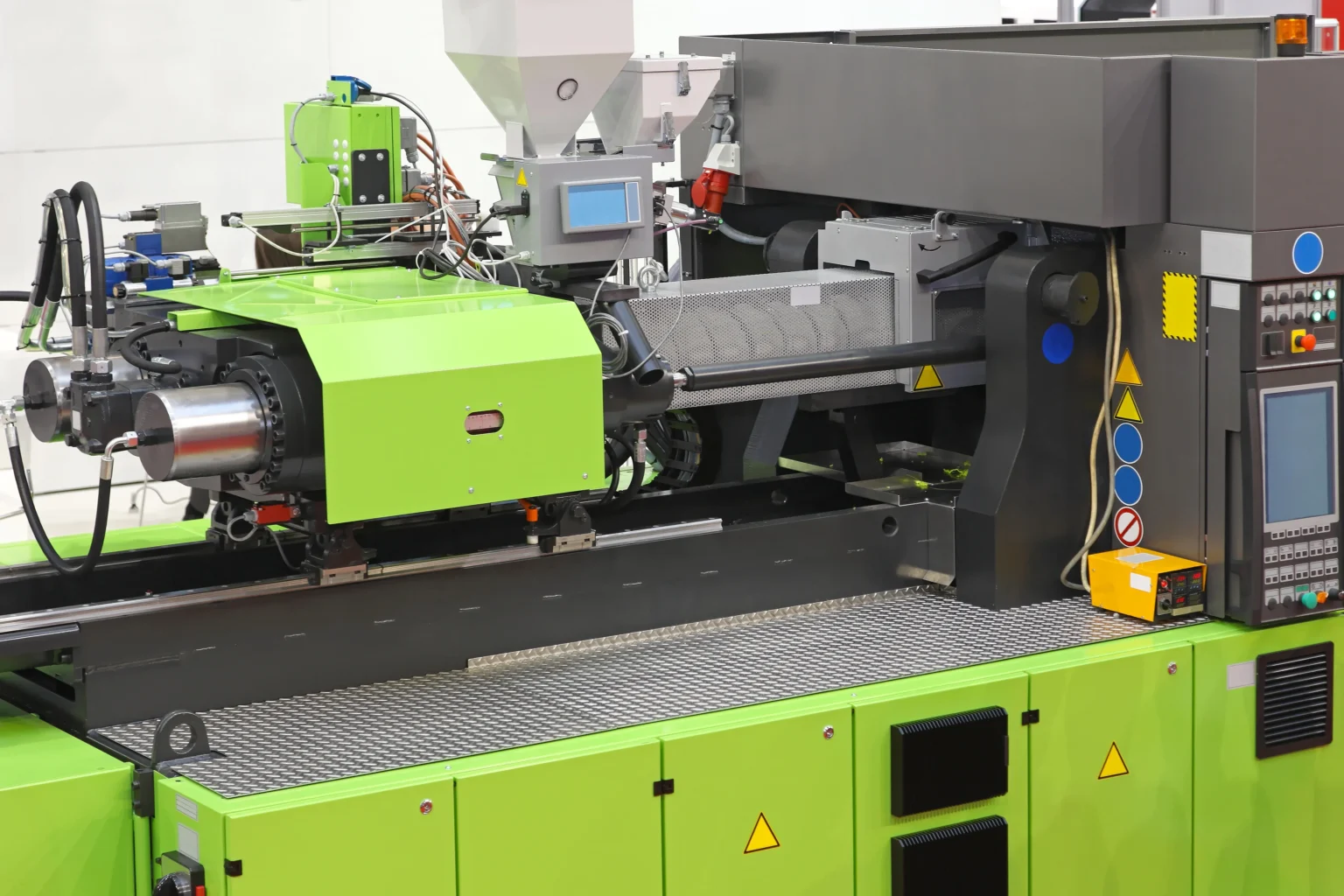
What are the Benefits of Injection Moulding?
Rapid and inexpensive mass production of parts is made possible by BSA Mouldings, Plastic Manufacturer. You can lower the cost of plastic injection molding without compromising on quality, consistency, or lead time with careful planning and adaption throughout the injection molding
What is the price of the plastic injection molding process?
Each project’s injection molding cost is unique. The initial upfront expenses of the tooling are significant, hence the lower the overall unit costs, the more parts may be produced. This is possible because more pieces can share the expense of the tools. Injection molding is frequently used to create mass-produced parts since it is the most efficient and quick approach to making plastic parts in large quantities.
What are the installation fees for injection molding?
Since designing and making the mold are part of the setup expenses for injection molding, these costs are typically higher. Injection molding is only appropriate for mass-produced goods because doing so will eventually bring down the cost per unit.
For instance, depending on the intricacy, the tooling expenses for an injection molding project may total several thousand pounds. But because parts only cost a few pennies to a few pounds, the initial expensive investment was justified.
How to cut costs when using injection molding?
With projects involving injection molding, there are a number of major cost factors. So, while still creating high-quality components, you can lower the cost of injection moulding projects by using basic best practices.
The simplest strategies to lower injection molding expenses are listed below.
1. Think about the part’s materials.
The final cost can be greatly influenced by the materials used in injection moulding. Some components allow for greater material variety. Make sure to consider your options and select a material that will work for your end product. You can save a lot of money depending on the plastic’s thickness, weight, quality, and necessary specifications for your finished product.
ABS (acrylonitrile butadiene styrene), PP (polypropylene), and HIPS (high impact polystyrene) are the three least expensive plastics for injection molding. If the product does not require virgin material, it is also worthwhile to think about employing recycled material; doing so could result in cost savings and a victory for sustainability.
To find out more about the different kinds of polymers that can be used in injection molding, see our design guide on the process.
2. Think about the mold’s material
The price of the tooling can be considerably impacted by the material used to make the metal mold. Quality molds are more expensive, but they also have a higher chance of producing high-quality components for a longer period of time.
It’s crucial to keep in mind that inexpensive moulds may wear out more quickly and require maintenance, depending on the complexity of the final design and the machining process. It’s crucial to calculate the tool’s anticipated lifespan and compare it to the predicted demand for your plastic components.
3. Labor and cycle time
When creating parts for injection molding, designers must also take labor expenses and machine cycle time into account. Incorporate longer cycle durations into your costings early on to avoid being caught off guard. Longer cycle times entail higher equipment maintenance and labor costs, which will increase the ultimate price. There are many techniques to shorten the cycle time. In general, certain plastics are simpler to mold than others, and thinner features will cool more quickly. These elements may lower costs. If you’re unsure, it’s advisable to experiment with several materials until you discover one that provides the final quality you desire at a cost you can afford.
4. Invest in people rather than machinery.
Despite the fact that the injection moulding process is largely automated, it still requires additional labor to oversee and carry out. This includes creating and designing the mold and overseeing the production process. A high-quality finish will be achieved on your final product if you are familiar with the machine and can recognize and change specific factors (injection speed, holding time, etc.) as and when necessary. This will reduce the likelihood of human error. Making the proper partnership decisions will ultimately lower rejection rates and related expenses in the long run.
Global variations in labor costs, capacity, and talent mean that there are undoubtedly chances to save expenses by going elsewhere. In order to reduce transportation costs and lead times and to lower the cost of both the tooling and the delivered components, it is a frequent practice to create the tooling abroad and then mold the parts locally in the domestic market. However, keep in mind that communicating with suppliers from other countries can be difficult.
Conclusion
With projects involving injection molding, there are a number of major cost factors. So, while still creating high-quality components, you can lower the cost of injection moulding projects by using basic best practices.







